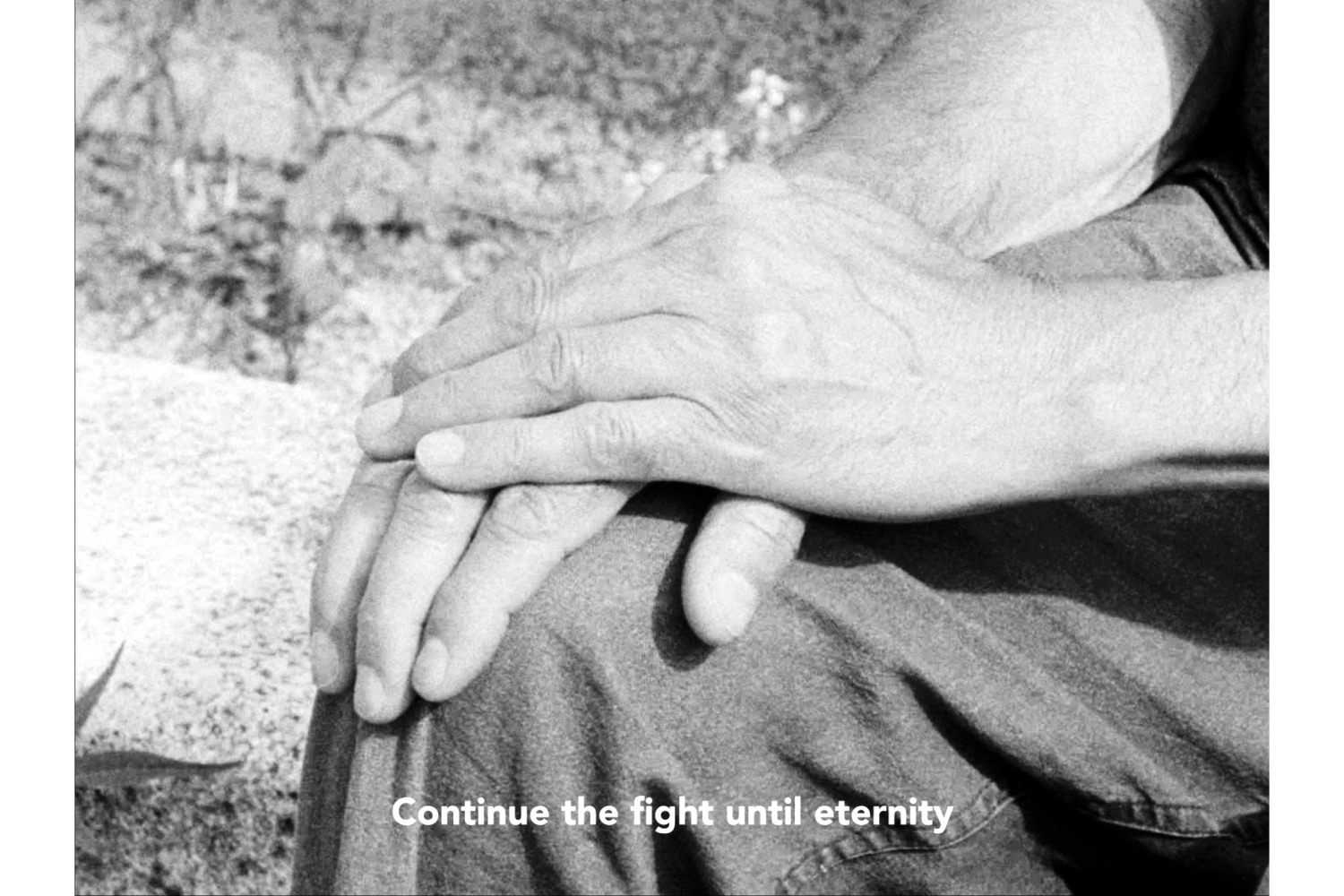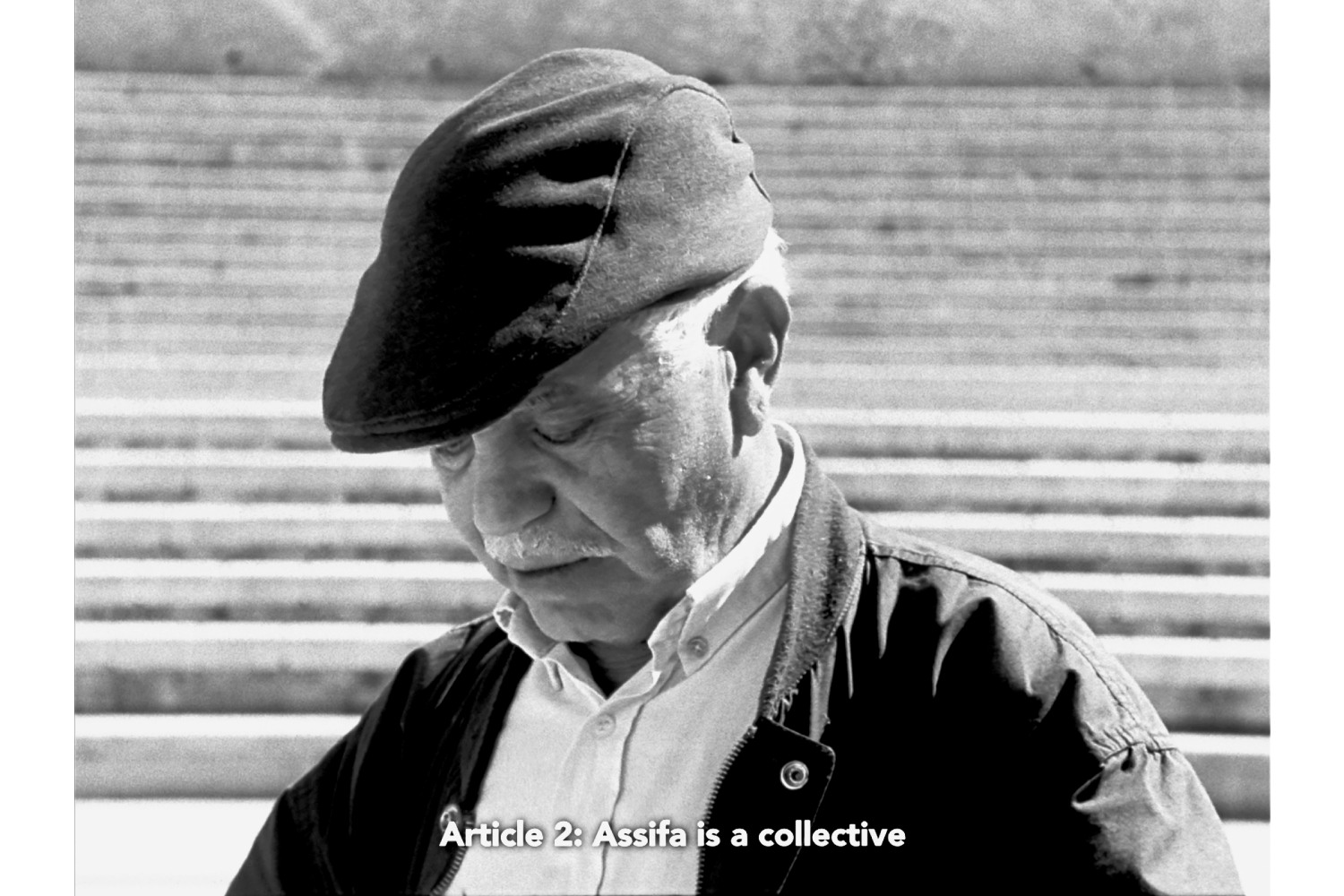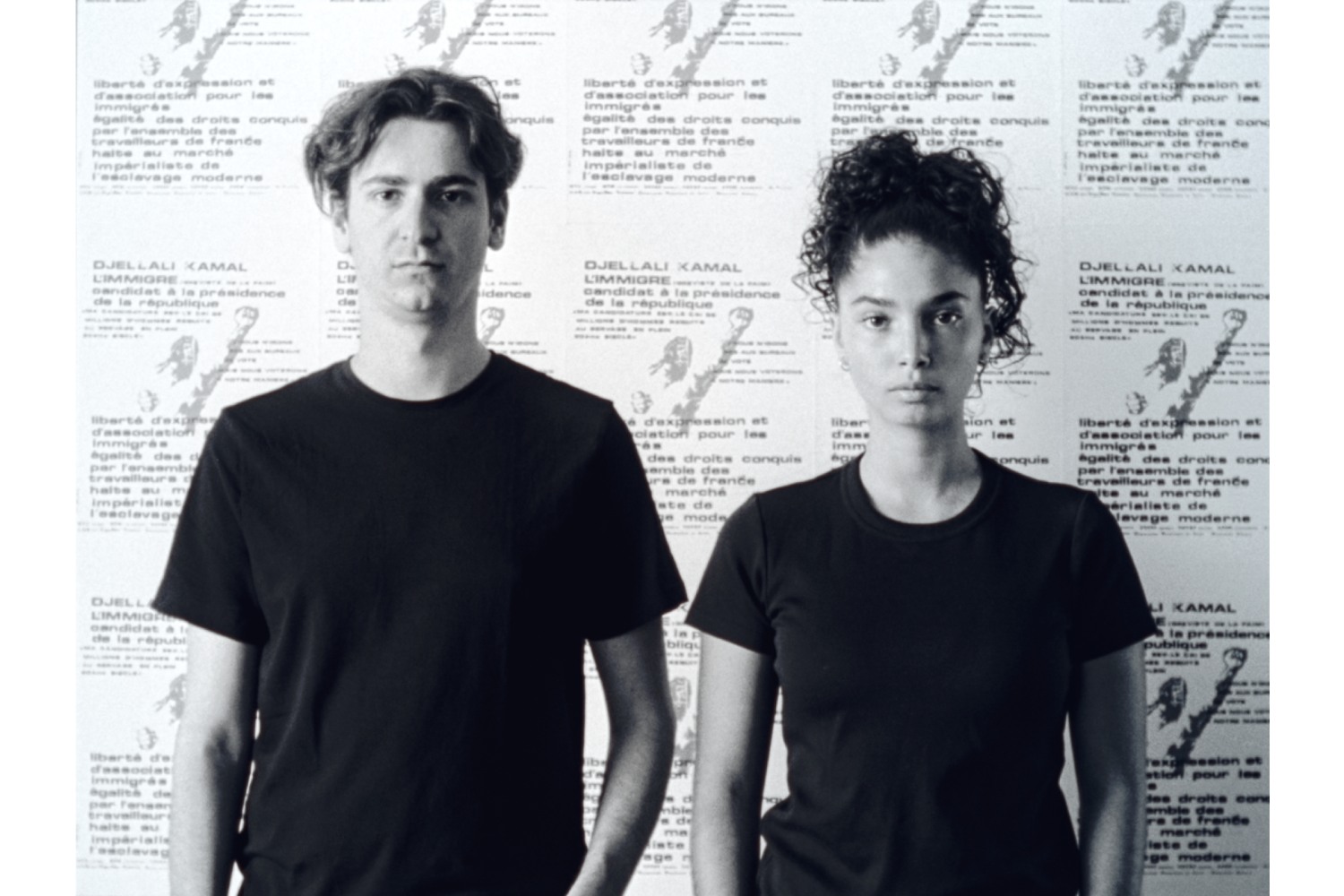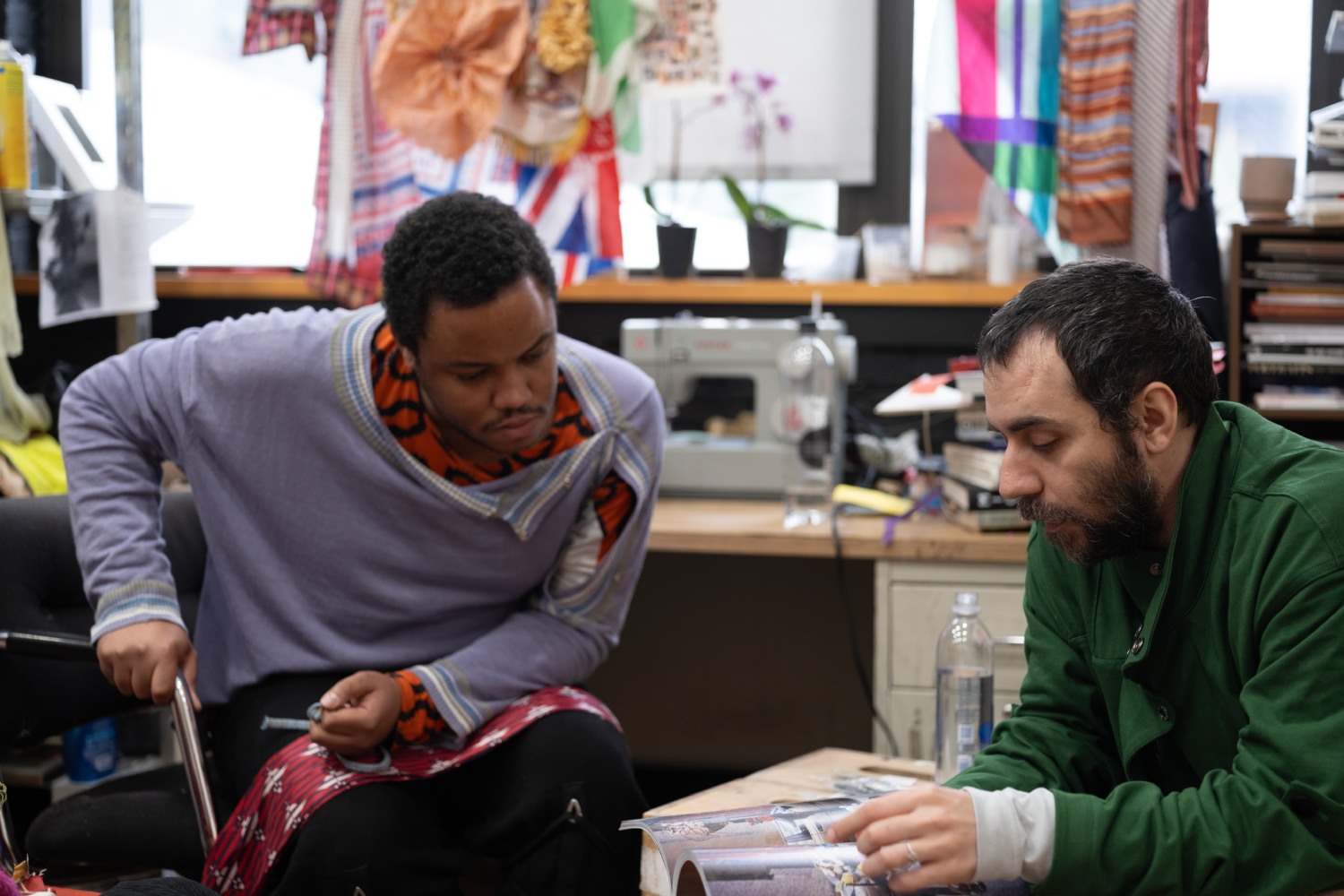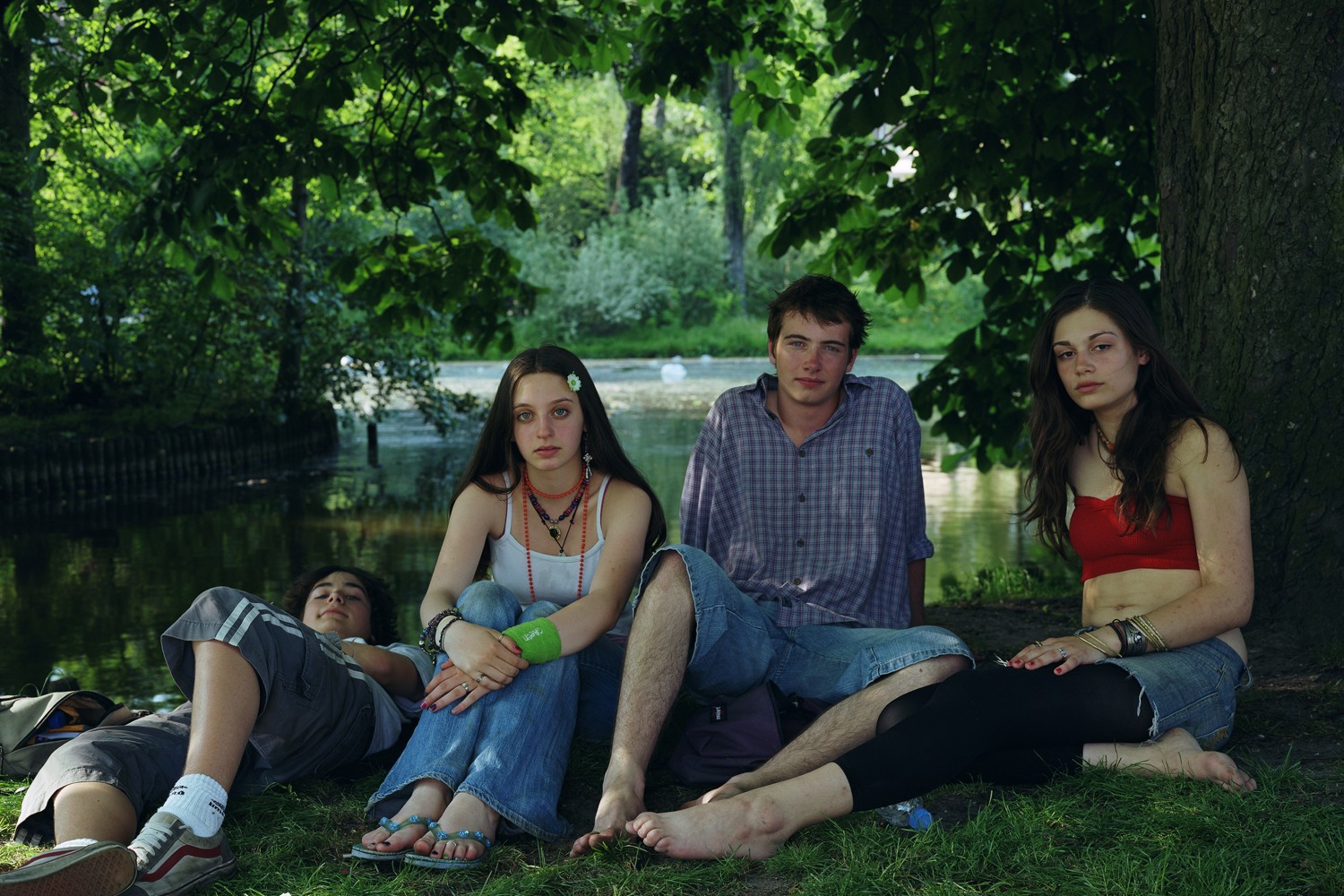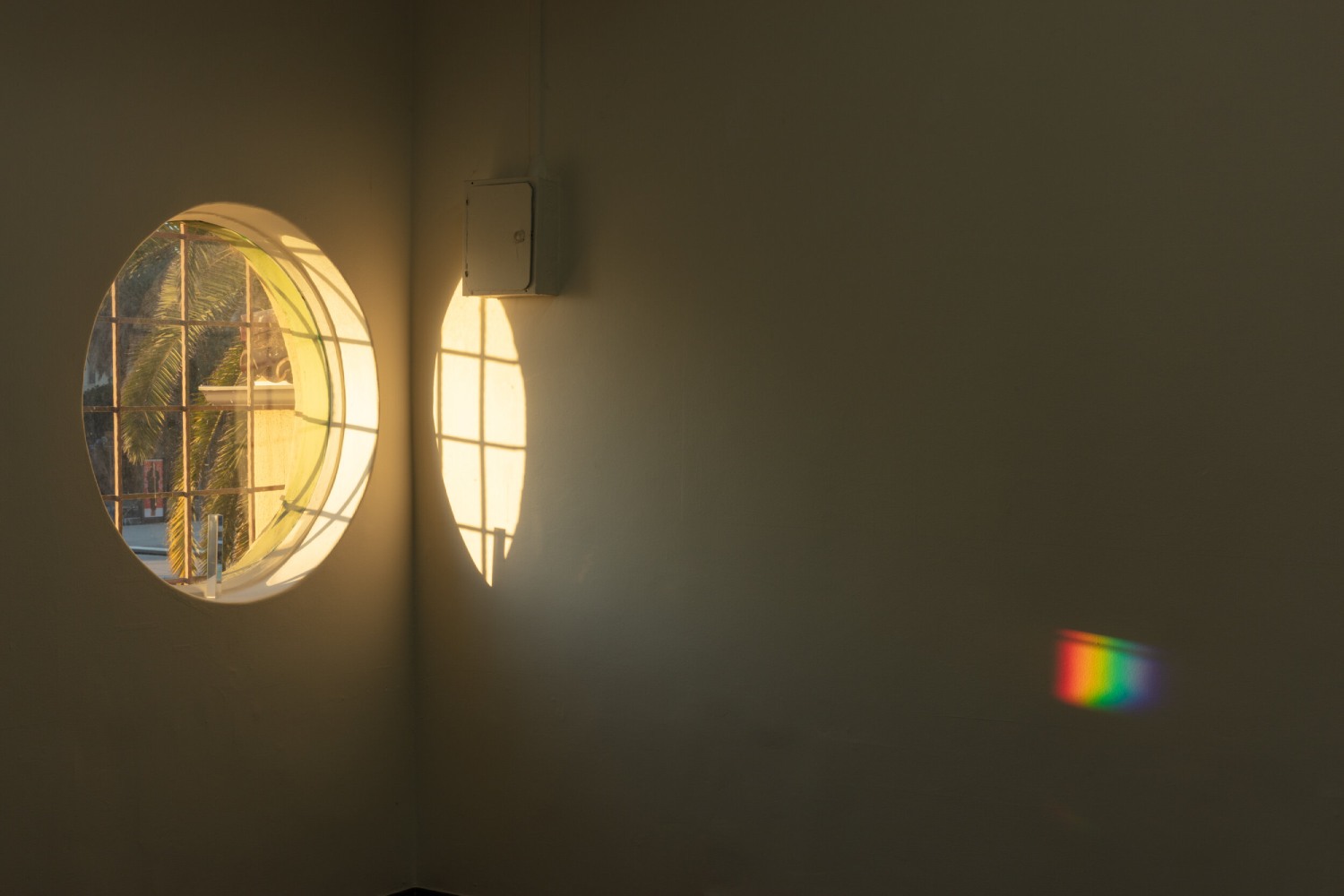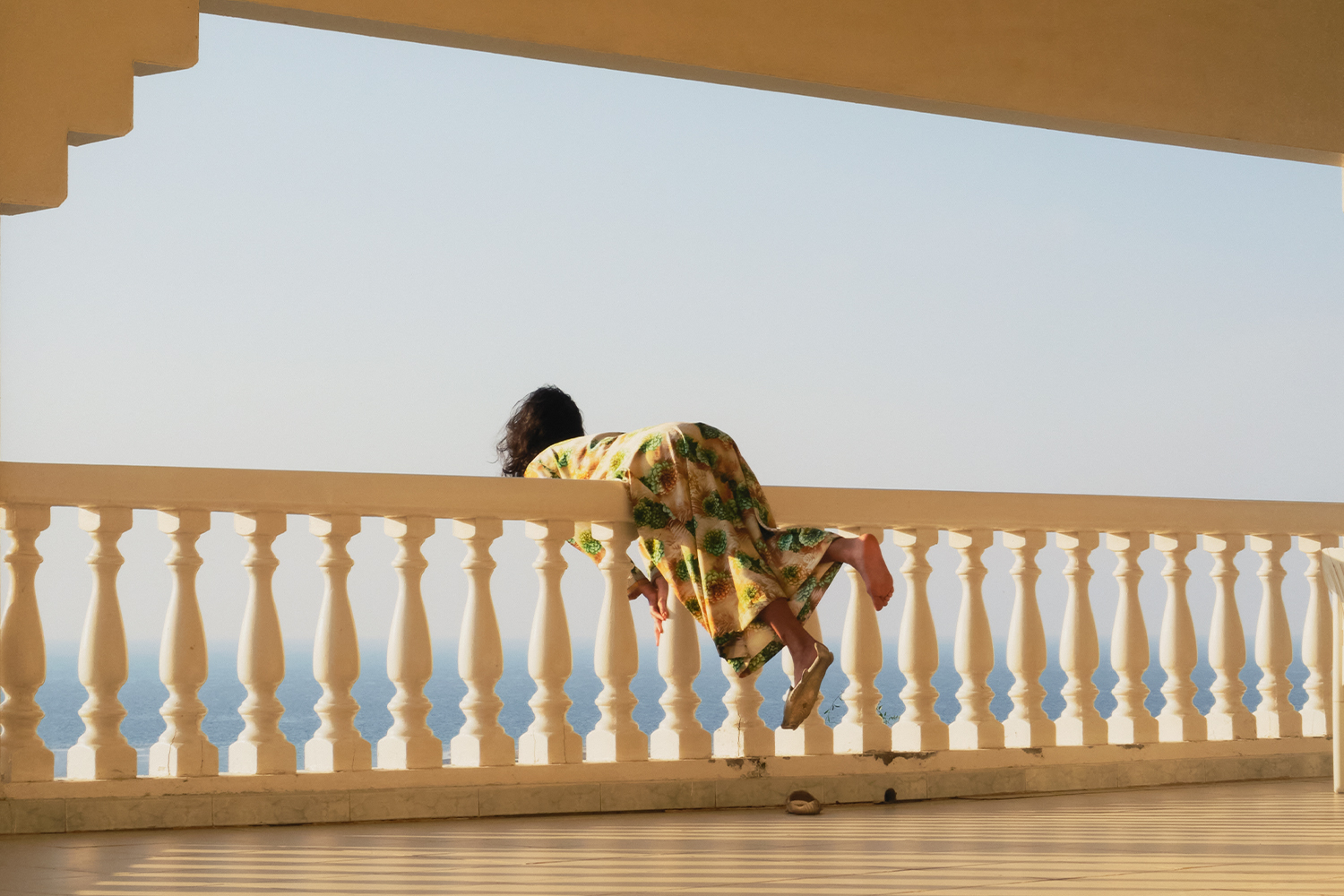On September 8, 2023, at 11:11 p.m., the earth shook in Morocco. 6.9 magnitude earthquake’s tremors were felt from Taroudant, in the south, up to Fez located nearly 800 kilometers further north. The quake left more than 3,000 dead and 5,600 injured. The epicenter was in Al Haouz province, south of Marrakech. It destroyed entire villages in the High Atlas region, an area of otherworldly beauty oscillating between valleys and villages nestled on steep ridges. From the first moments following the earthquake, a powerful surge of solidarity gripped Moroccans, regardless of where they lived.
This southern region is dear to my heart. It led a heroic struggle against French colonial occupation. It’s a region of poets, like Sidi Hammou, whose oral poems gave rise to the greatest songs of the Souss-Massa region. Or like the oral poet Mririda n’Ait Attik, from Tassaout, a valley of Irhil M’Goun, one of the highest peaks of High Atlas. Mririda was born at the start of the twentieth century in an Amazigh tribe. A rebellious young girl, she fled an arranged marriage to lead a nomadic life in which, from markets to villages, she performed her poems about the conditions for women in High Atlas. Mririda disappeared without a trace in the 1940s, and it’s unknown what happened to her. Her poems remain and continue to be sung by new generations of women.
The south is also a region marked by exile. First toward Casablanca: the epitome of the “useful” Morocco as designed by the colonial project of Marshal Lyautey. Then, after Morocco’s independence, it went further north, toward France, where the Souss-Massa and High Atlas villagers were recruited en masse to serve as laborers in coal mines.
In shock and pain, I hear the words “earthquake in Morocco, earth shook in Morocco” and a name resonates in my head: Agadir. This town in south Morocco is the name of a collective trauma that haunts the memories of all Moroccan citizens, whatever their generation and background.
Agadir, February 29, 1960, at 11:40 p.m.: the earth shook for fifteen seconds. Fifteen seconds were enough to level the entire city — fifteen seconds, which killed 15,000 people, or a third of the city’s inhabitants. At the time of reconstruction, Agadir was completely “re-invented” two kilometers away. The city and its brutalist architecture as we know it today no longer have anything in common with what was erased from the face of the earth.
September 8, 2023, 11:30 p.m., Moroccan time: my sister calls me. She lives in Marrakech with her three young children. I’m in Barcelona, where I’m hanging a solo exhibition due to open three days later. A few days earlier, I was still with her in Marrakech. With astonishing calm, she tells me about the earthquake. She recounts the strange music, the dishes that began to clink in chorus — a continuous ringing that created silence around her. Then, a lateral movement. Not a tremor. More like a dance. She tells me about her escape with the children. They are all safe and sound. Fearing aftershocks, she tried to take refuge in a garden, far from houses and buildings, to spend the night with her little ones. A guard stopped her: “You can’t stay here, ma’am. The earthquake brought scorpions up from underground.”
* * *
With the Agadir earthquake, scorpions may have emerged from beneath the earth, but they didn’t come alone. A poet also appeared.
Born in 1941 in the small town of Tafraout, south of Agadir, Mohammed Khaïr-Eddine was a flamboyant author in post-colonial Morocco: rebellious, radical, deeply attached to his “southern” land, which he spent his life trying to flee, tempted to return to it, the better to flee again. Traveling companion of the legendary magazine Souffles (1966–72), founded by the great poet Abdellatif Laâbi, Khaïr-Eddine led what he called a “linguistic guerrilla” producing incandescent writing banishing full stops so that sentences emerged endless, in a long, uninterrupted tremor.
In 1961, Khaïr-Eddine, who’d given up pursuing higher education, was hired by Moroccan Social Security to survey survivors of the Agadir earthquake. He stayed there for two years, during which he wrote a seminal text that would revolutionize Moroccan literature: Agadir (1967). In this novel, Khaïr-Eddine gives voice to a variety of characters — proletarians, marginals, rebels — who curse their condition from the rubble.
My friend, the Franco-Moroccan artist Yto Barrada, created a wonderful exhibition in 2018 for The Curve of the Barbican Art Gallery, which included excerpts of Khaïr-Eddine’s text.
In one of his later novels, Legend and Life of Agoun’chich (1984), Khaïr-Eddine returns to the cob houses of the south made from the very earth of the Anti-Atlas, similar to those we find in Al Haouz. In this novel, the poet sings of the exploits of honorary bandits, members of his tribe, their battles against colonial occupation, and then, with defeat, the exodus to Casablanca; but it also emphasizes the human quest for origins, to find the founding ancestor. To capture the intense beauty of the south that he both hated and adored, Khaïr- Eddine said, “Everything is on a cosmic scale in places where geology and metaphysics mingle in multiple images that leave you wondering. Memory, an indelible mark, like the magic seal of serenity, whitened by the pure breaths of genesis.”
While devastation has hit the Al Haouz region, and reconstruction will be long, how can we ensure that this mixture of “geology and metaphysics” doesn’t disappear under the rubble? Can we rebuild to restore beauty, to help us mourn those who’ve disappeared so that the “pure breaths of genesis” of past generations remain for the present and the future?
Marrakech – Vienna – Paris, October 2023

